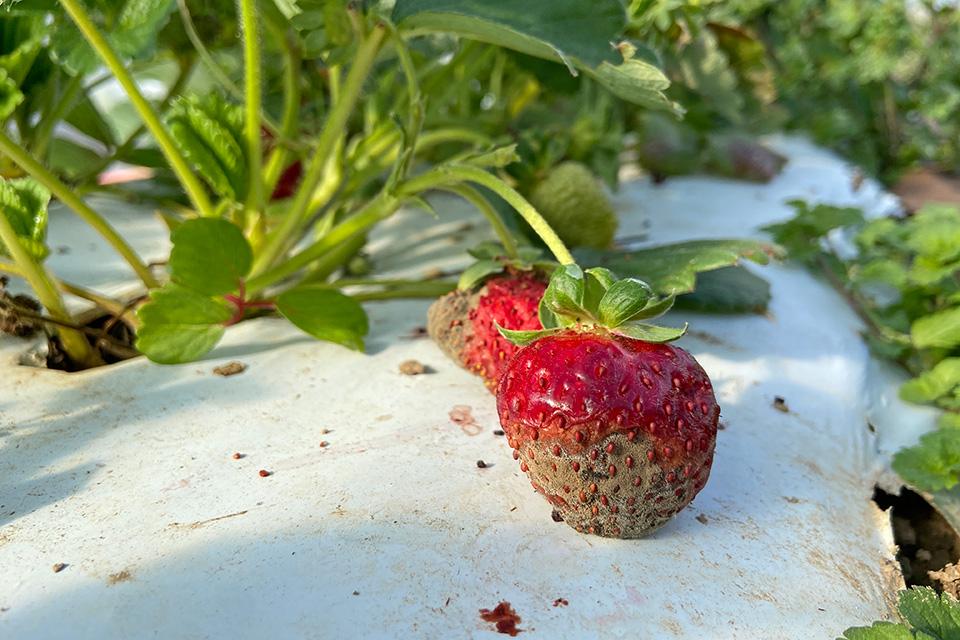Dry Weather, Warm Temps Cause Grape Growing Challenges
For most grape-growing regions of California, we started this year with relatively dry soils. After bud break, the vines were launched into the season with above-normal temperatures that have continued through mid-summer. Our growing season has been further complicated with low irrigation water supplies and significant powdery mildew pressure.
For the second year in a row we experienced well below normal rainfall for most of California. This circumstance has had two impacts. First, vineyards started the season with dryer soils; second, the water storage facilities of the state were at much less than full capacity.
Bud Break, Bloom, To Veraison
Bud break occurred at normal times in 2013. Following bud break the springtime temperatures were well above normal which resulted in grape bloom occurring about 10 days earlier than the long-term average dates. With continued above-normal temperature, this advancement in vine growth continued to veraison with berry softening occurring about 10 days ahead of normal.
The earlier timing of bloom and veraison occurred in the San Joaquin Valley (SJV) and in the North Coast areas, but not along the Central Coast. Using degree-day accumulations and data from CIMIS weather stations, as of mid-July we are above normal in all areas.
The powdery mildew pressure in 2013 was a near repeat of the last three years. While 2013 had a similar number of “high pressure” days, the pressure was not as severe as it was in 2010-12. In 2013, powdery mildew pressure had the most impact on growers with varieties that are more susceptible to powdery mildew.
Growing Degree-Days
Monitoring growing degree-days for each year provides us with a method to compare the impact of temperatures on vine growth. For grapes, growing degree-days are the accumulation of time spent at temperatures above 50°F.
Growing degree-days can vary significantly from one year to another. For the SJV, using the California Irrigation Management Information System weather station located at the University of California Kearney Research Center, we can see that during the last 22 years the average degree-days have been about 4,200, but this value has ranged from lows of around 3,800 to highs of 4,400. The degree-day total for 2013 assumes that we will have “normal” temperatures from mid-July through September.
If we experience “normal” temperature through the remainder of 2013, then 2013 will be one of the five years (of the past 22 years) where we surpassed a total of 4,400 degree-days for the period of March 15 to Sept. 30. If the temperatures for the balance of 2013 are above normal, then 2013 will have the highest degree-day accumulation of the last 22 years.
Regional Differences
Given normal temperatures for the rest of the summer, by the time we get to harvest in the SJV (September) we will be at 14 days ahead of normal and for the North Coast 12 days ahead. By comparison, the Central Coast will be only three days ahead. Realistically, we may not be harvesting with the lead times that are generated by degree-day calculations; however, what this information tells us is that we should definitely be monitoring soluble solids (brix) levels and comparing 2013 values to prior years.
If you want to monitor the progress of degree-day accumulations you can go to our website at www.calagquest.com.









